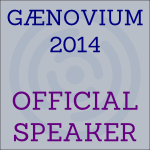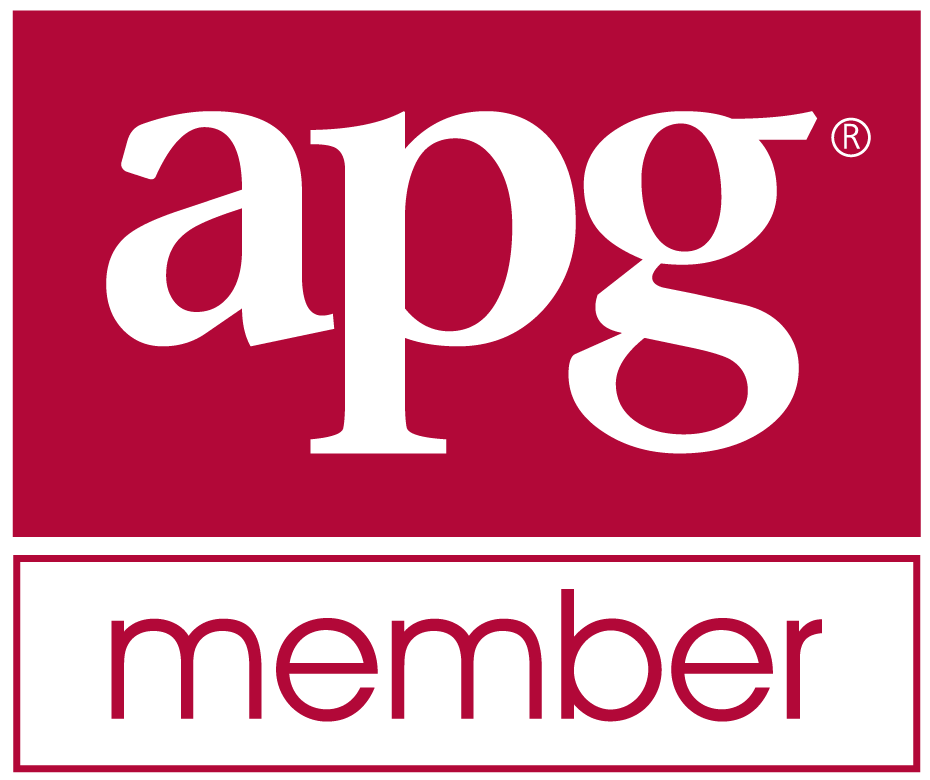The Best Genealogy Software Reviews - Sun, 14 Dec 2008
There is a recently redone site by Tamura Jones called Modern Software Experience that has posted the most comprehensive and accurate reviews of Genealogy software that I have ever seen. He doesn’t pull any punches and tells it like he sees it which is something this field of programming really needs.
So far, he has reviewed Family Tree Maker 2008 , 2008 SP3 and 2009, Family Historian, Long Family History, It’s Our Tree, FamilyTreeFactory, MyBlood, Legacy, Heredis, … the list goes on. The reviews are detailed and technical.
He runs each program through two sample GEDCOMs: A 1 MB GEDCOM with close to 5,000 individuals, which is a typical large family tree, and a GEDCOM of 100,000 individuals that acts as a real torture test, but is something that all programs should handle. You have to read the comparisons, because they are a real eye-opener. It gives me some real goals to attain with Behold.
In addition, the detailed reviews point out many other things that many programs do badly that I know I have to avoid doing in Behold. So I just love the resource that Tamura has put up.
Tamura has personally conversed with me and critiqued Behold quite accurately. And I’m so glad he did because many of his comments and suggestions have led to major improvements, including my effort right now to optimize the speed of Behold and reduce its memory usage - the current two Achilles heels of the program.
He’s got a lot more than just genealogy reviews up there. He comments on Microsoft technology, Standards, and WebBrowsers. And he has really interesting analysis of current events with Genealogy software, such as “The Family Tree Maker Book Building Promise“.
So take a few hours, or a few days (there’s that much there) and peruse the material at Tamura’s site.
Note he’s using pure web standards for his pages, and they are in XHTML format. Internet Explorer won’t work there unless you follow his instructions, or use a standards-compliant browser such as Firefox or Google Chrome.

 Feedspot 100 Best Genealogy Blogs
Feedspot 100 Best Genealogy Blogs





